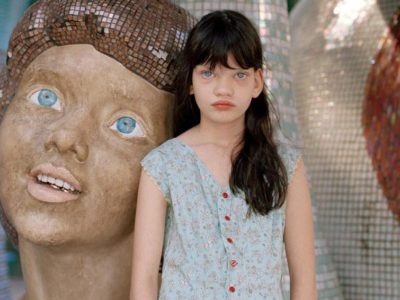Elliot Ross Wins the Series Category of #FotoRoomOPEN | Gnomic Book Edition
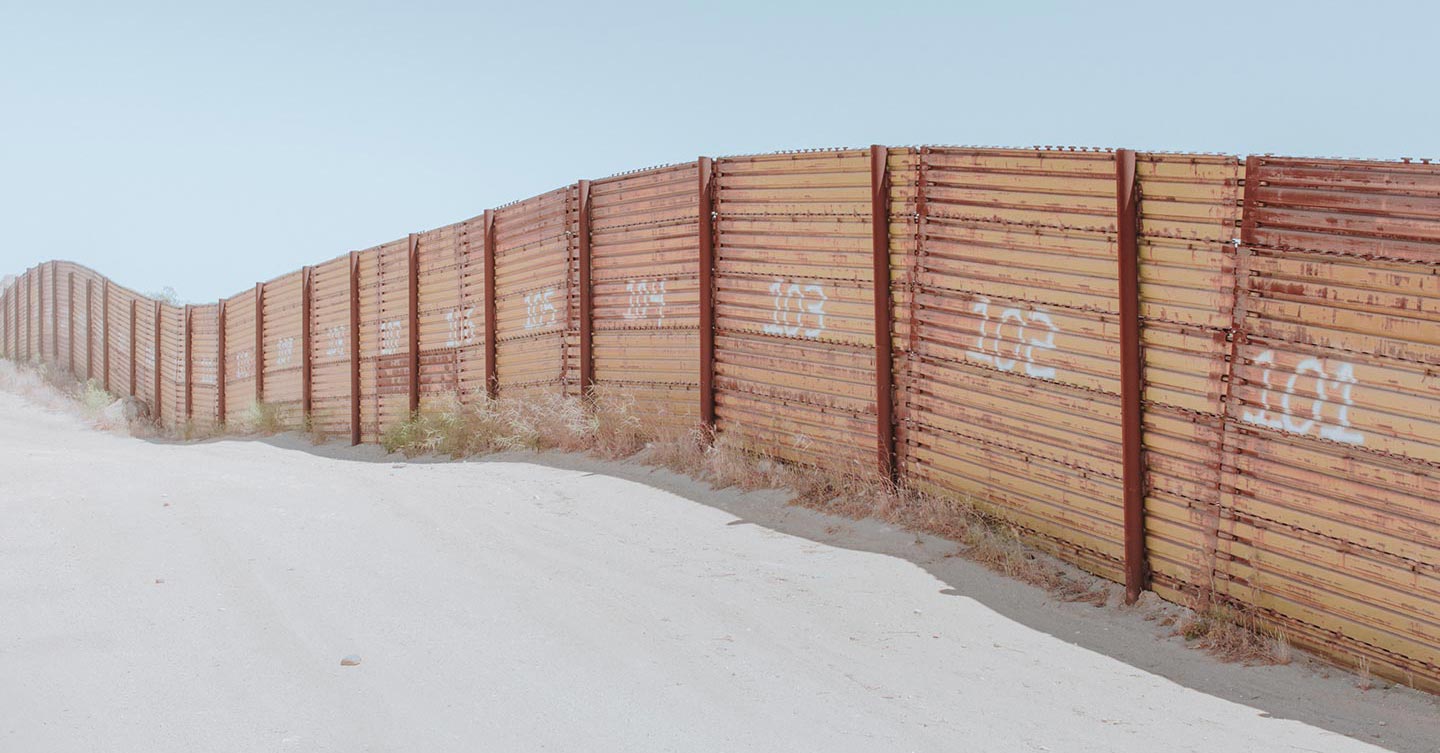

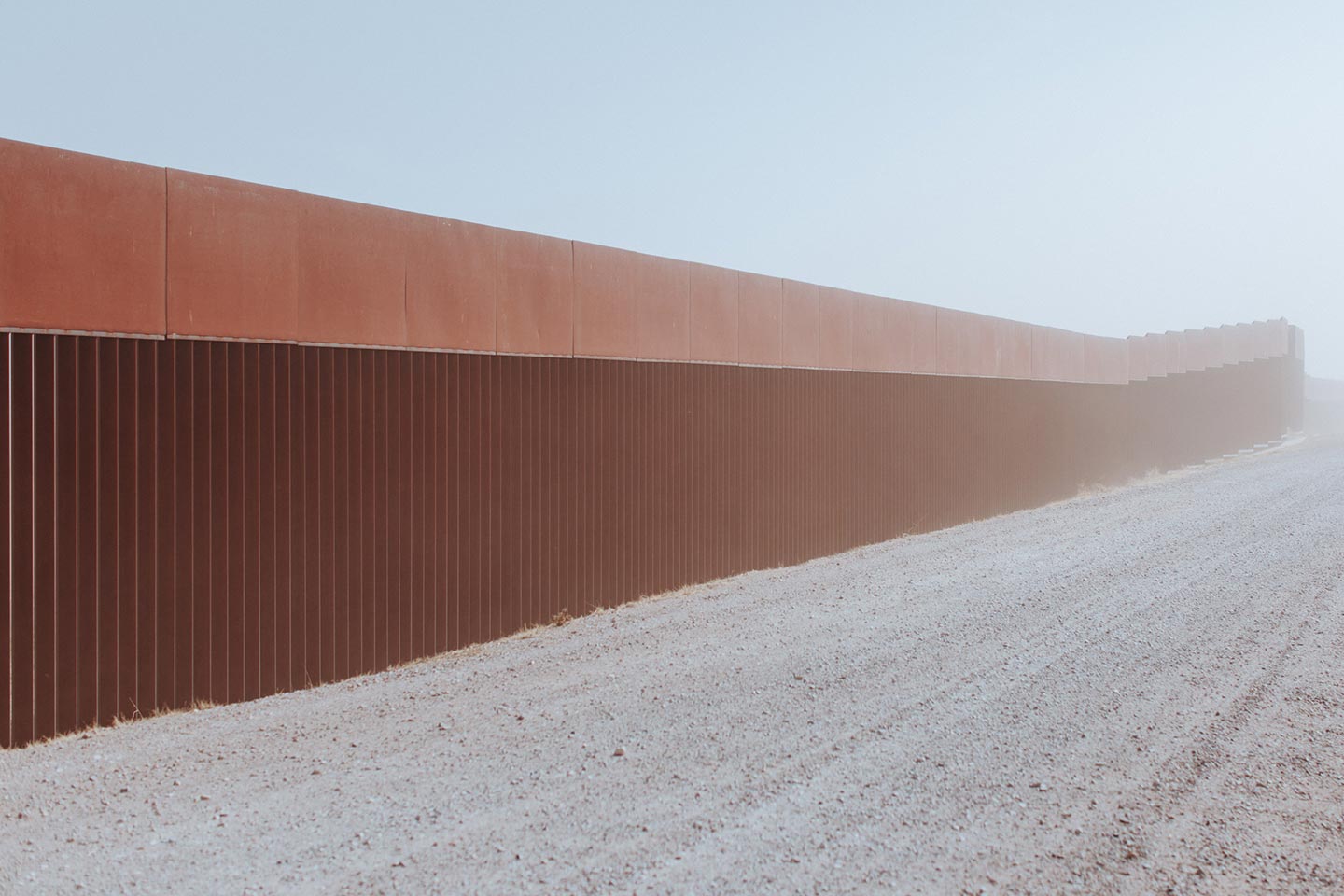
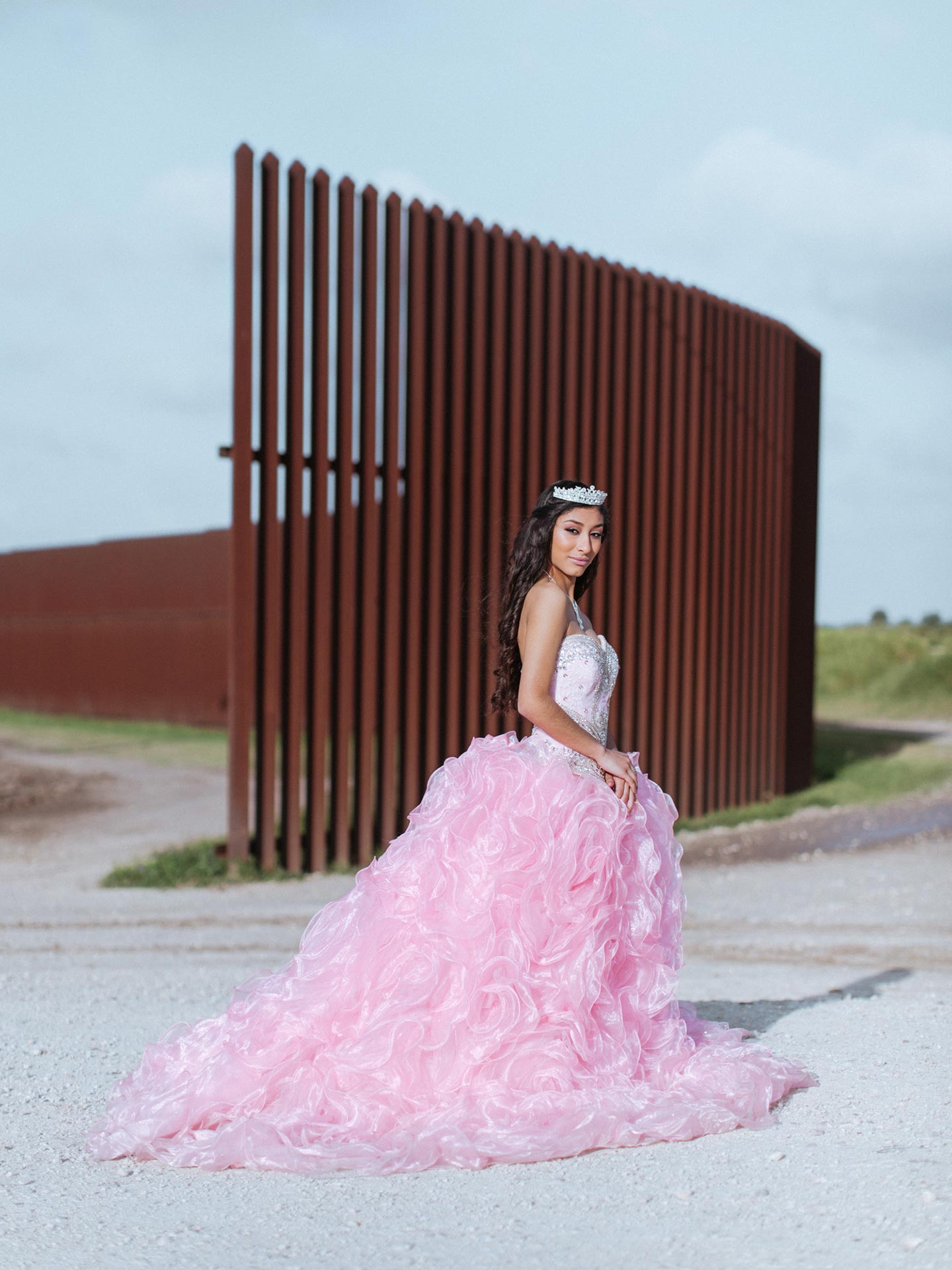
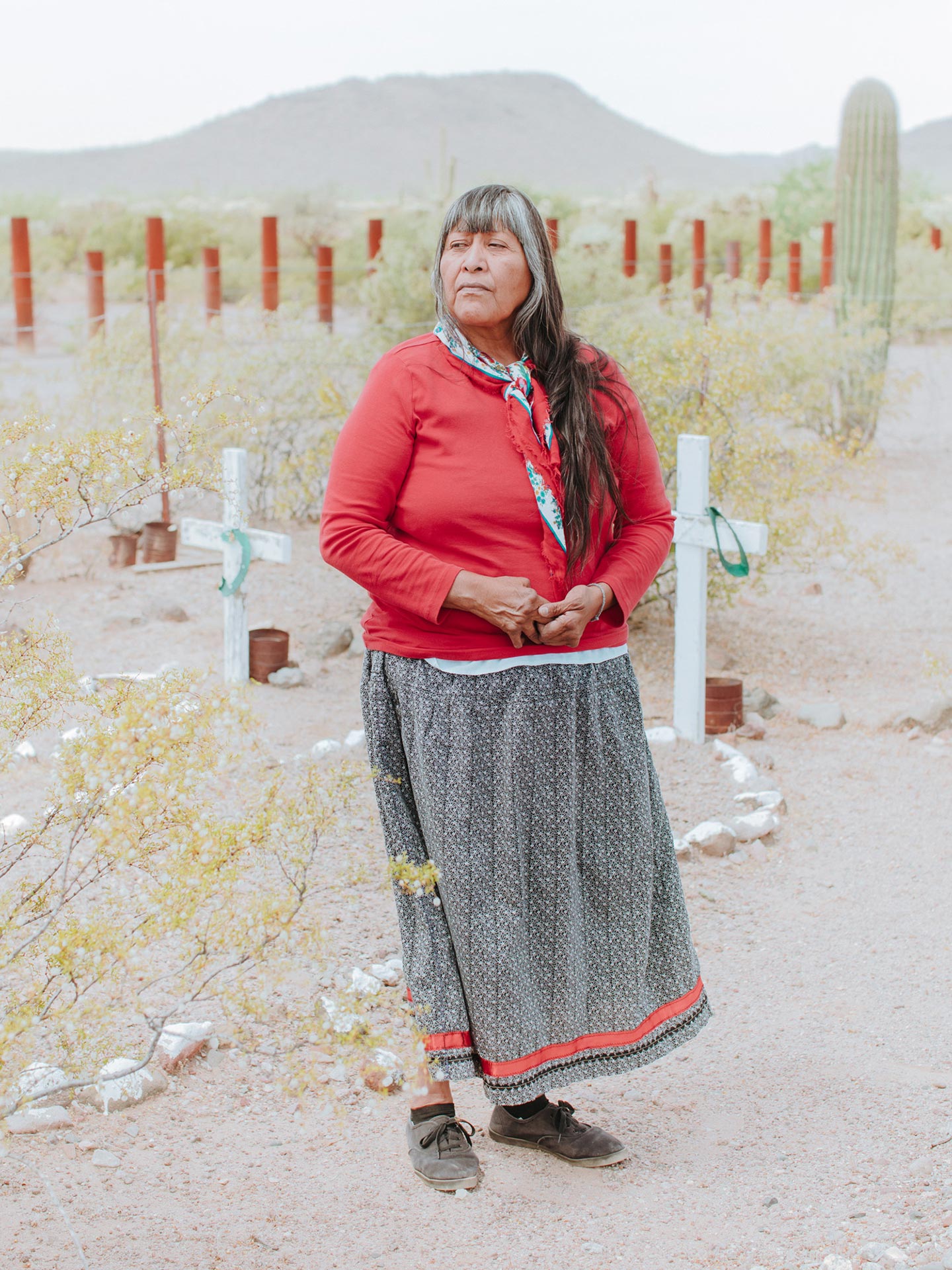
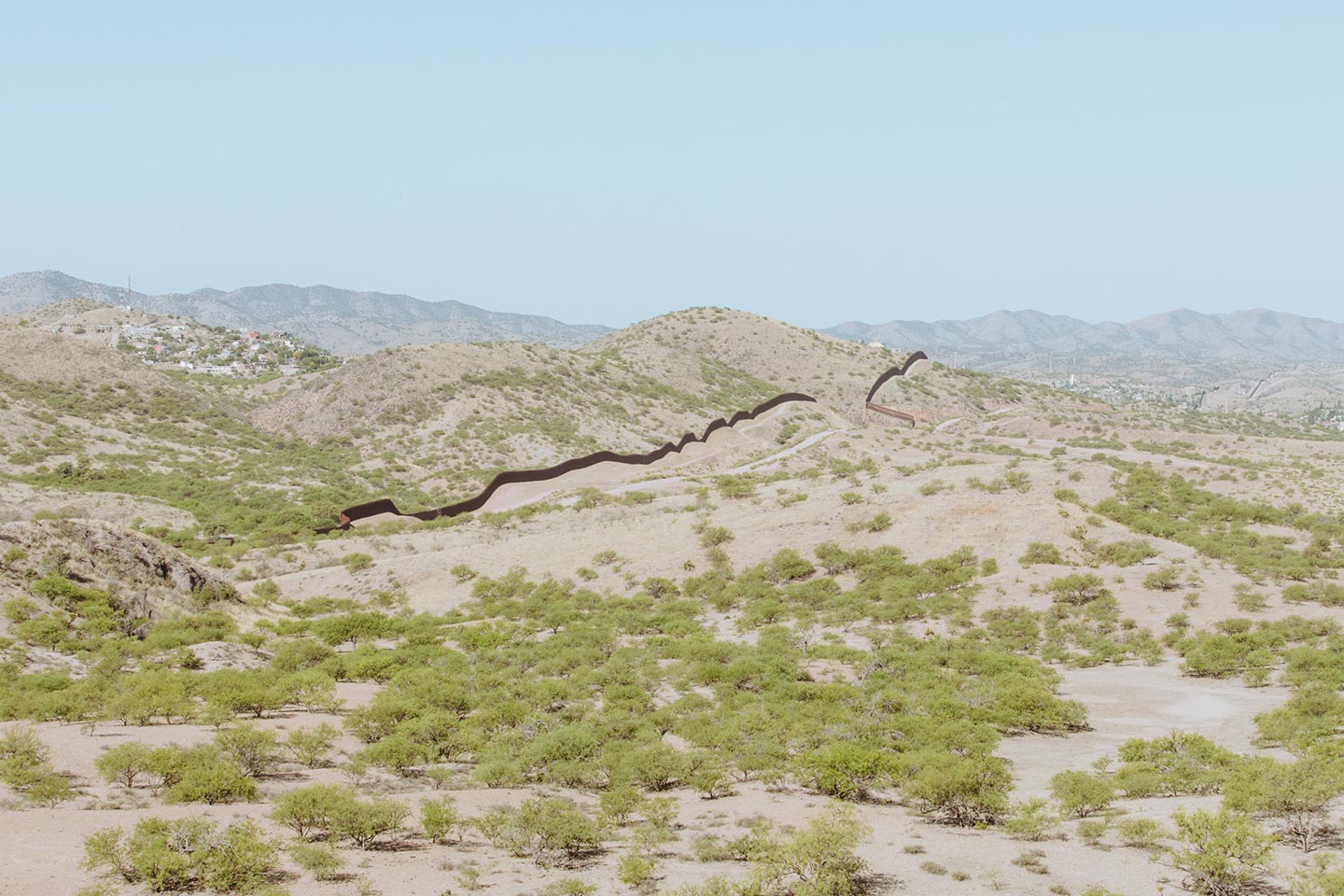
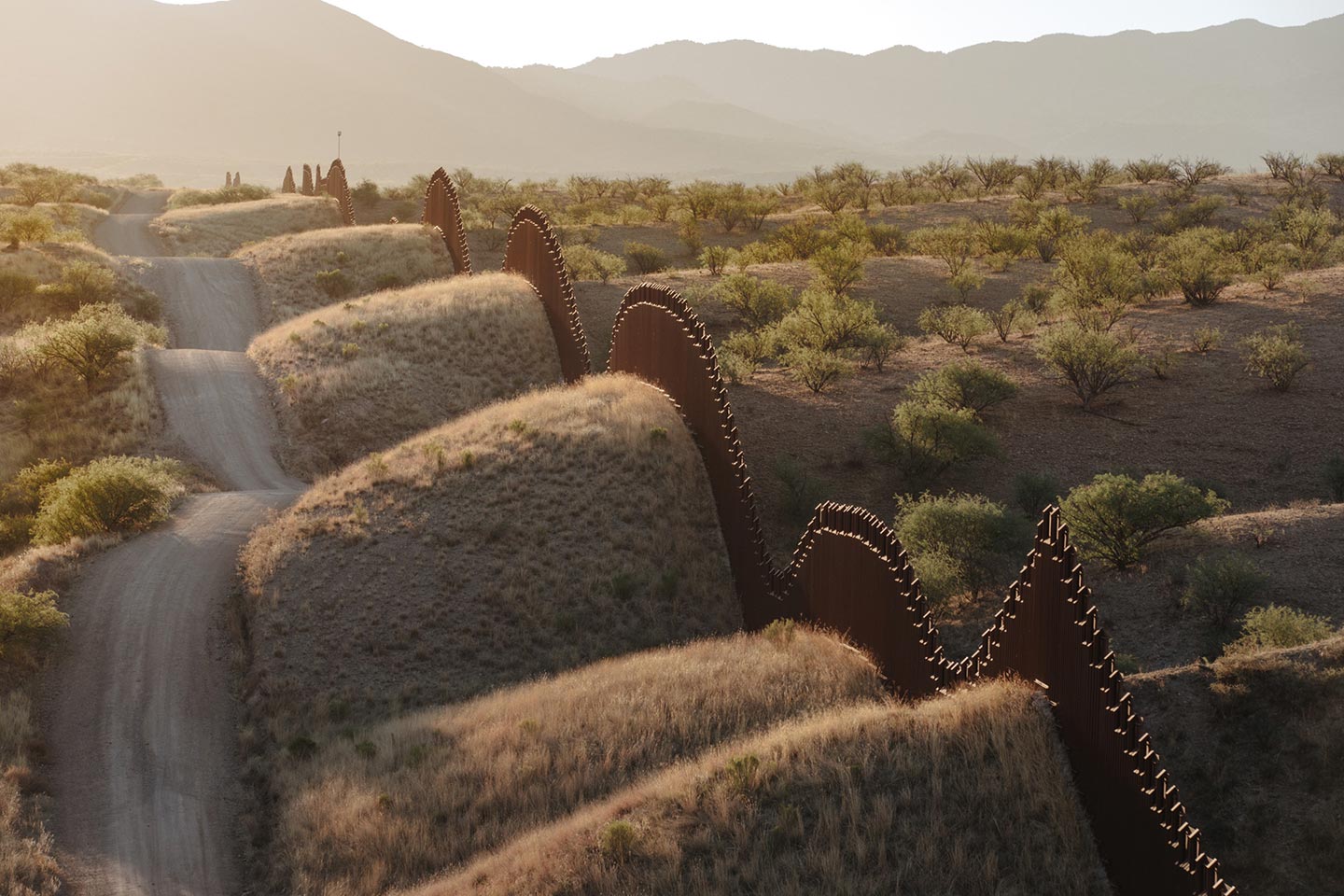
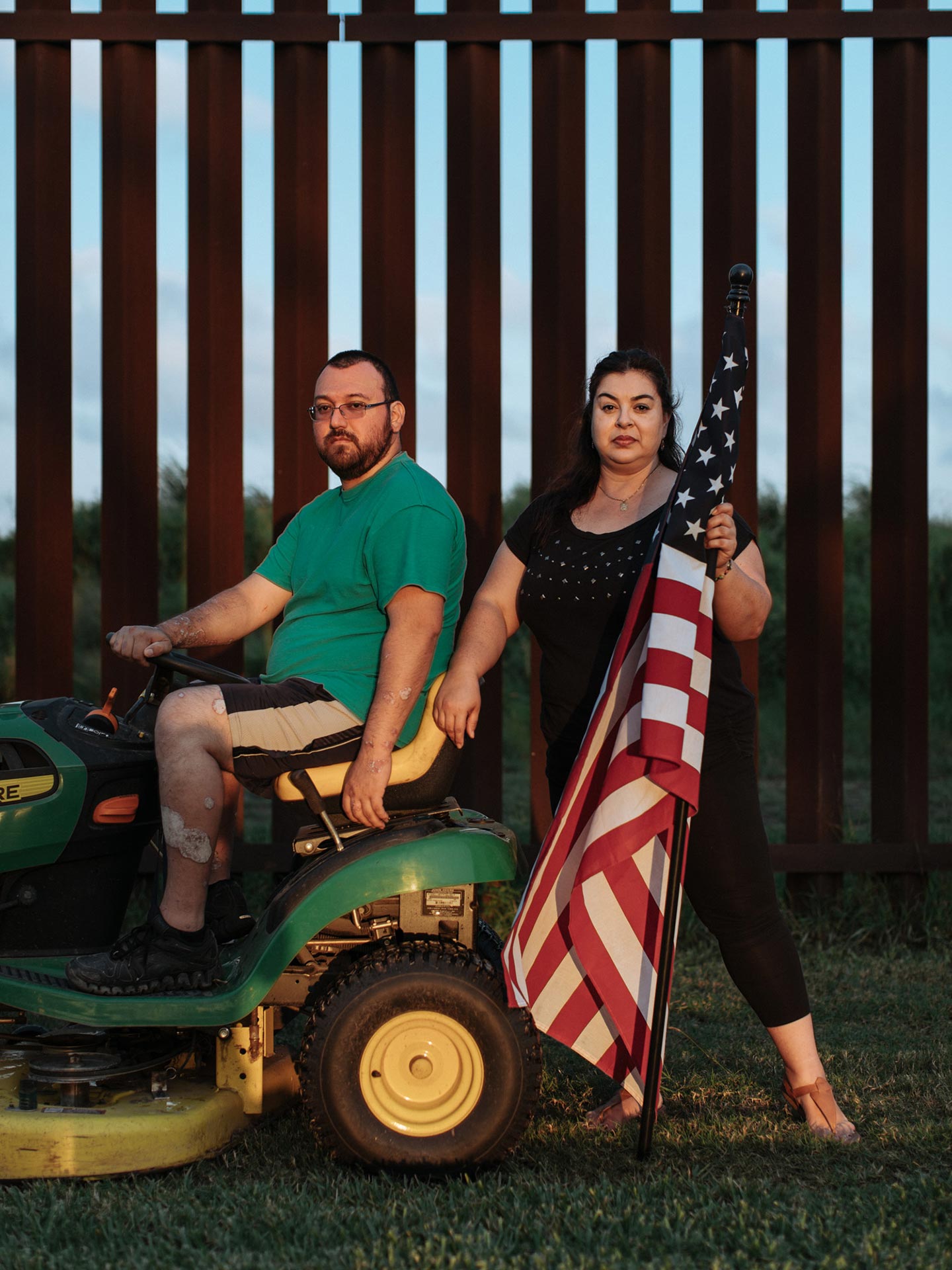
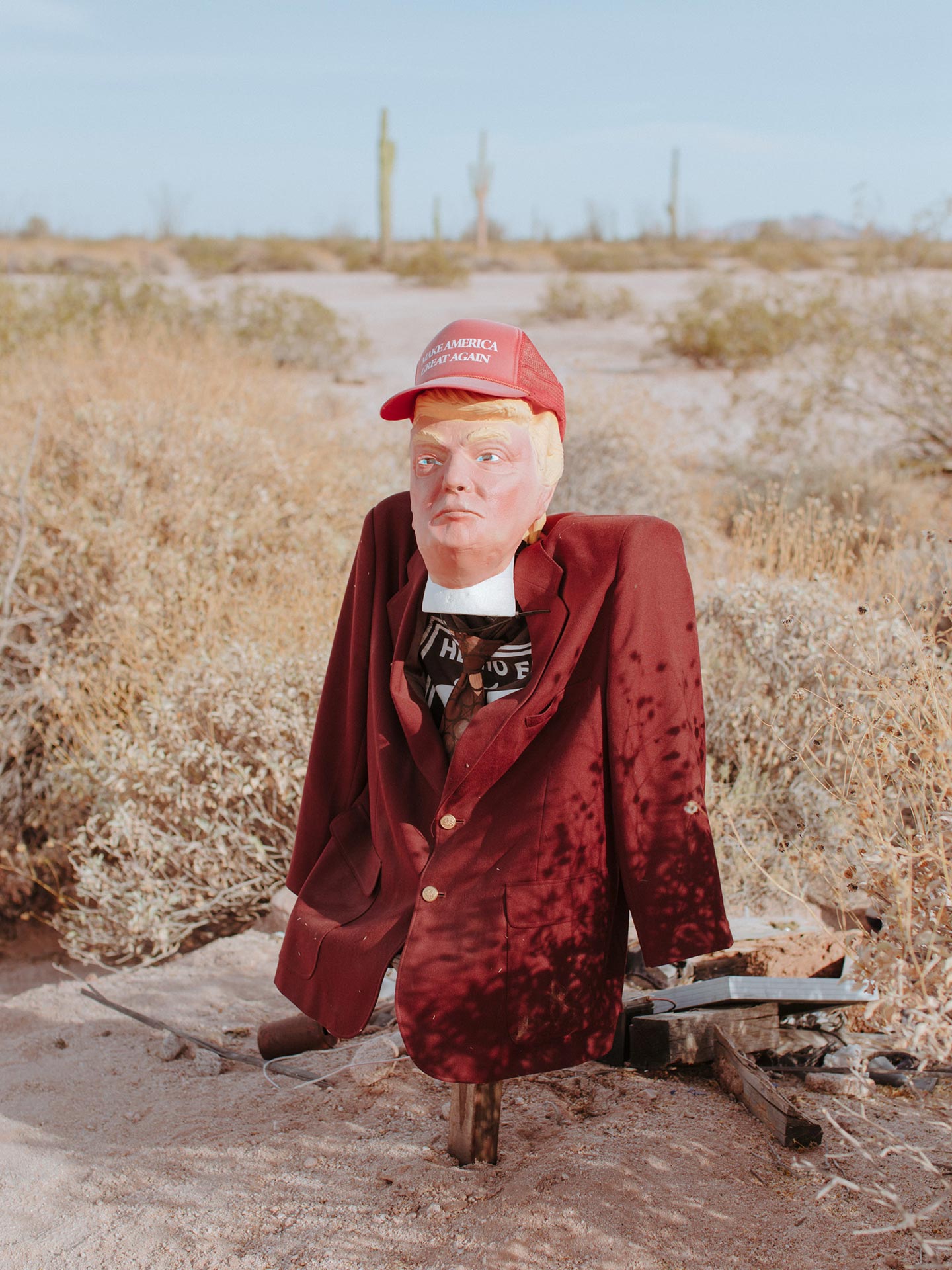
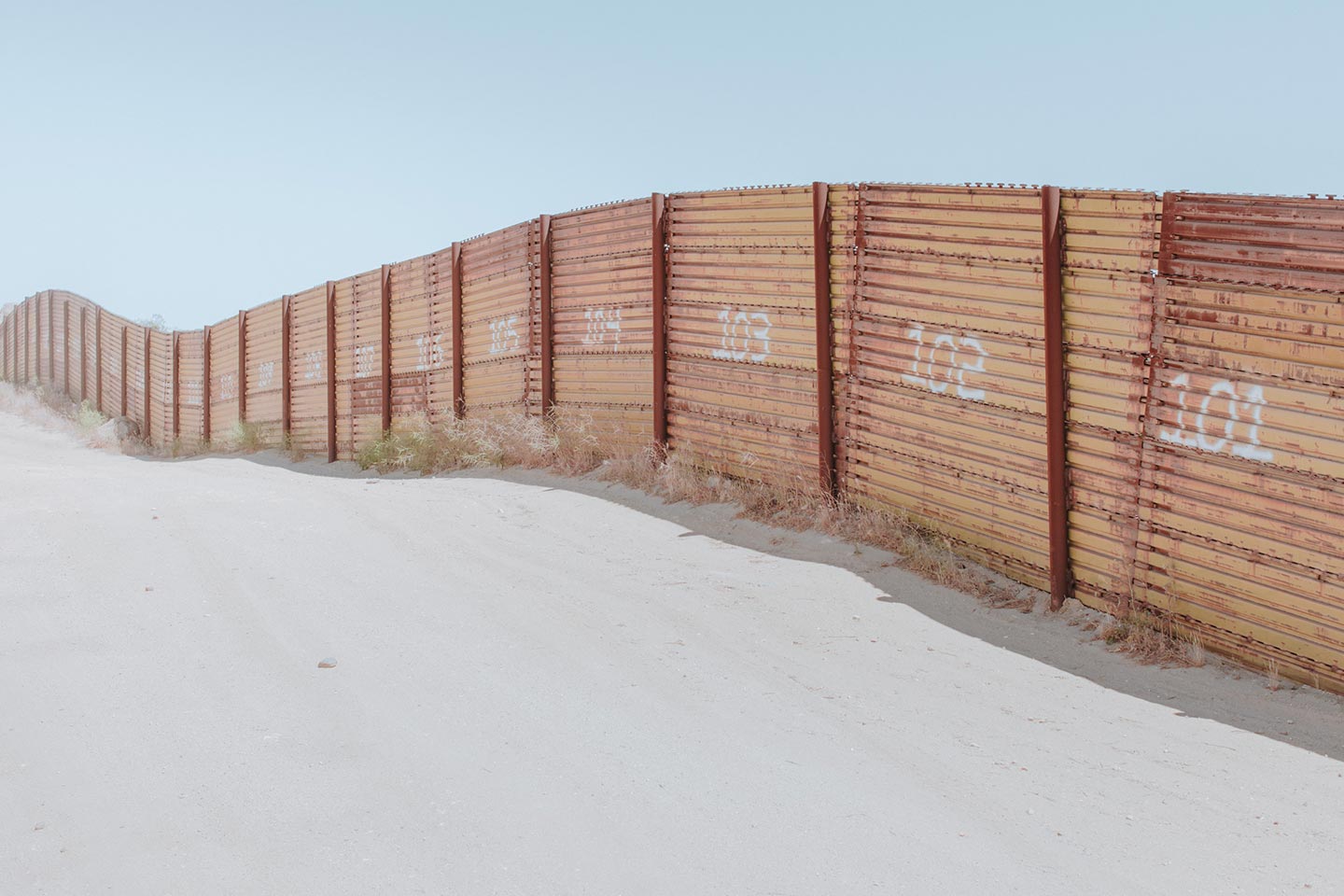
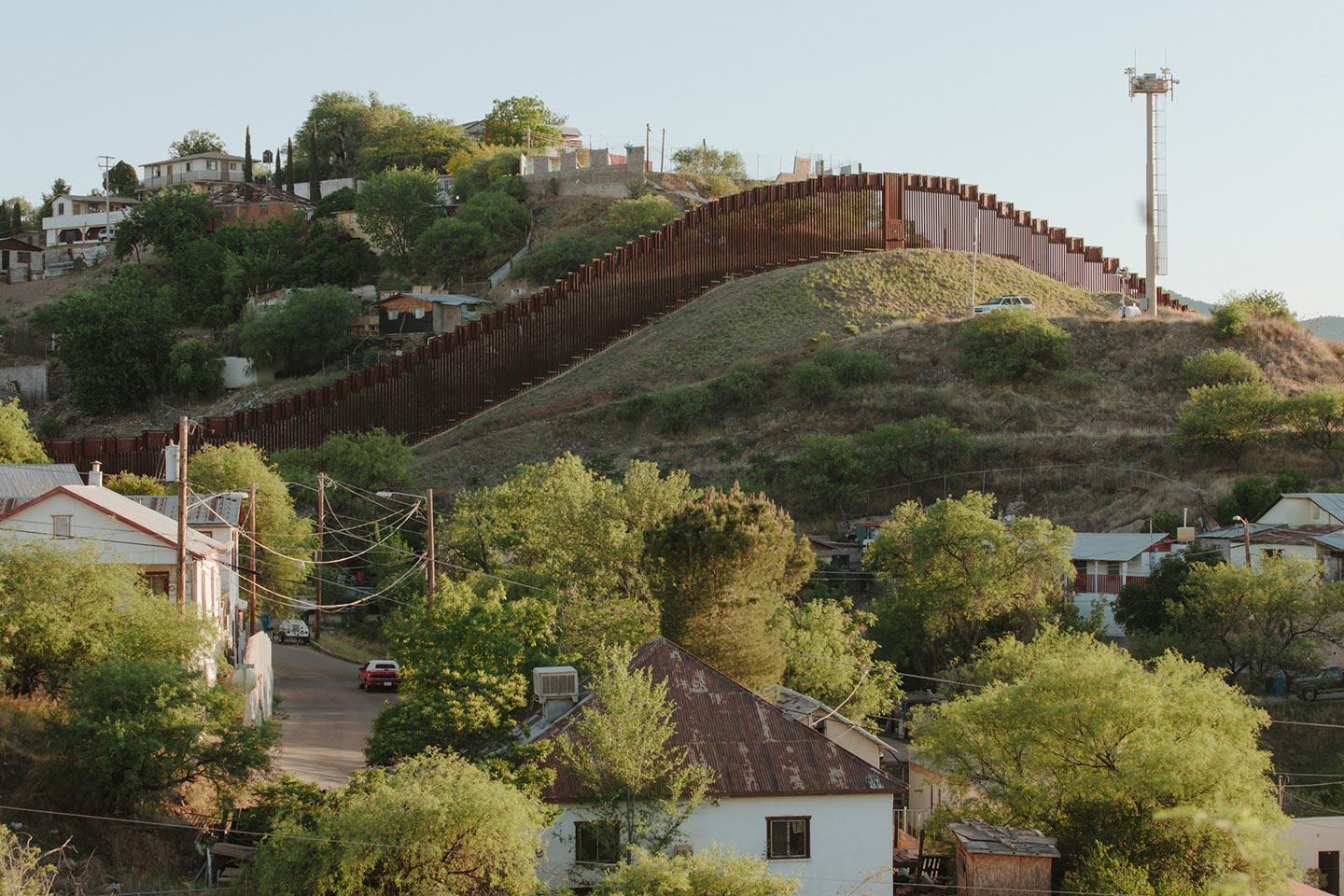
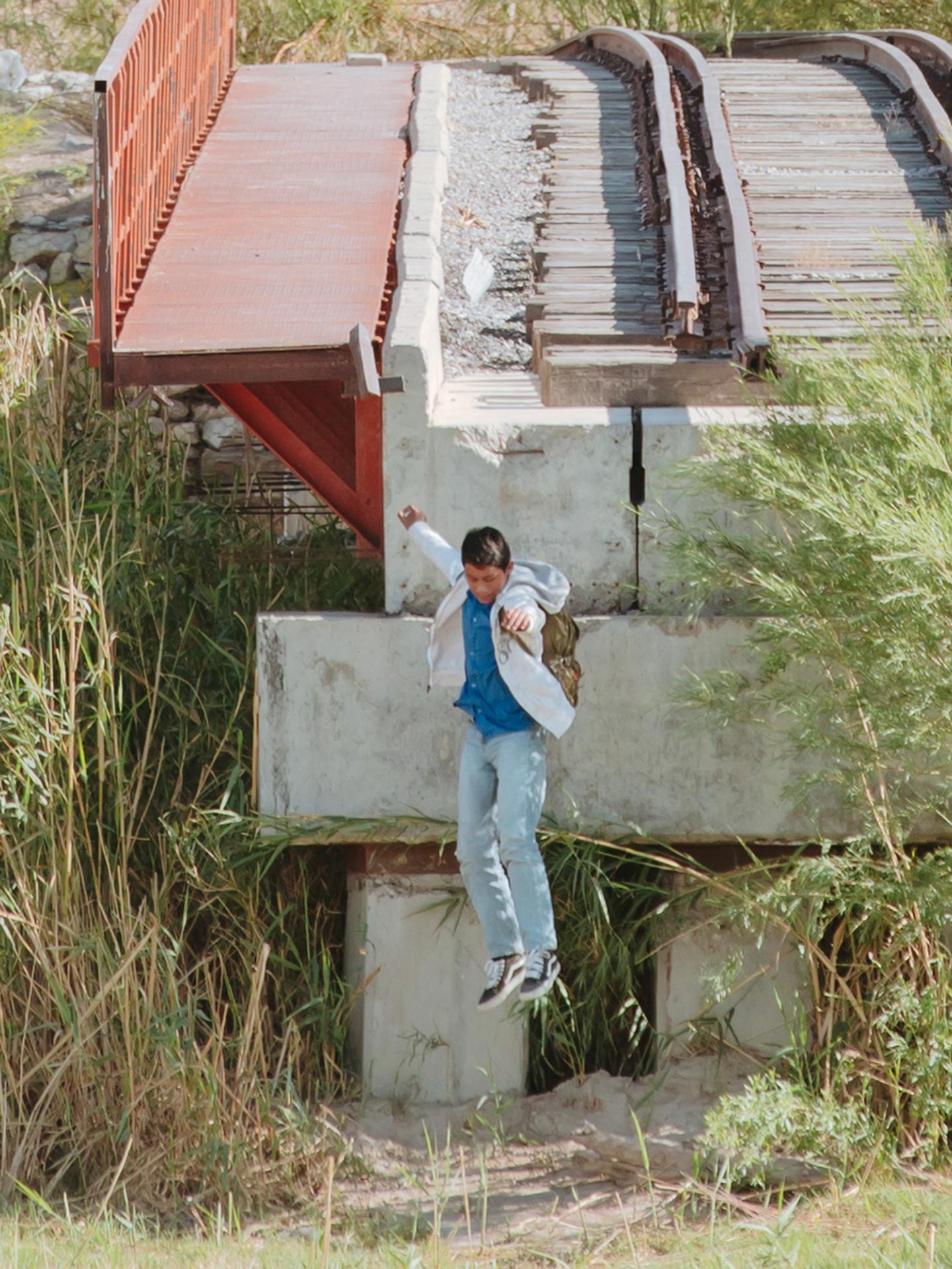
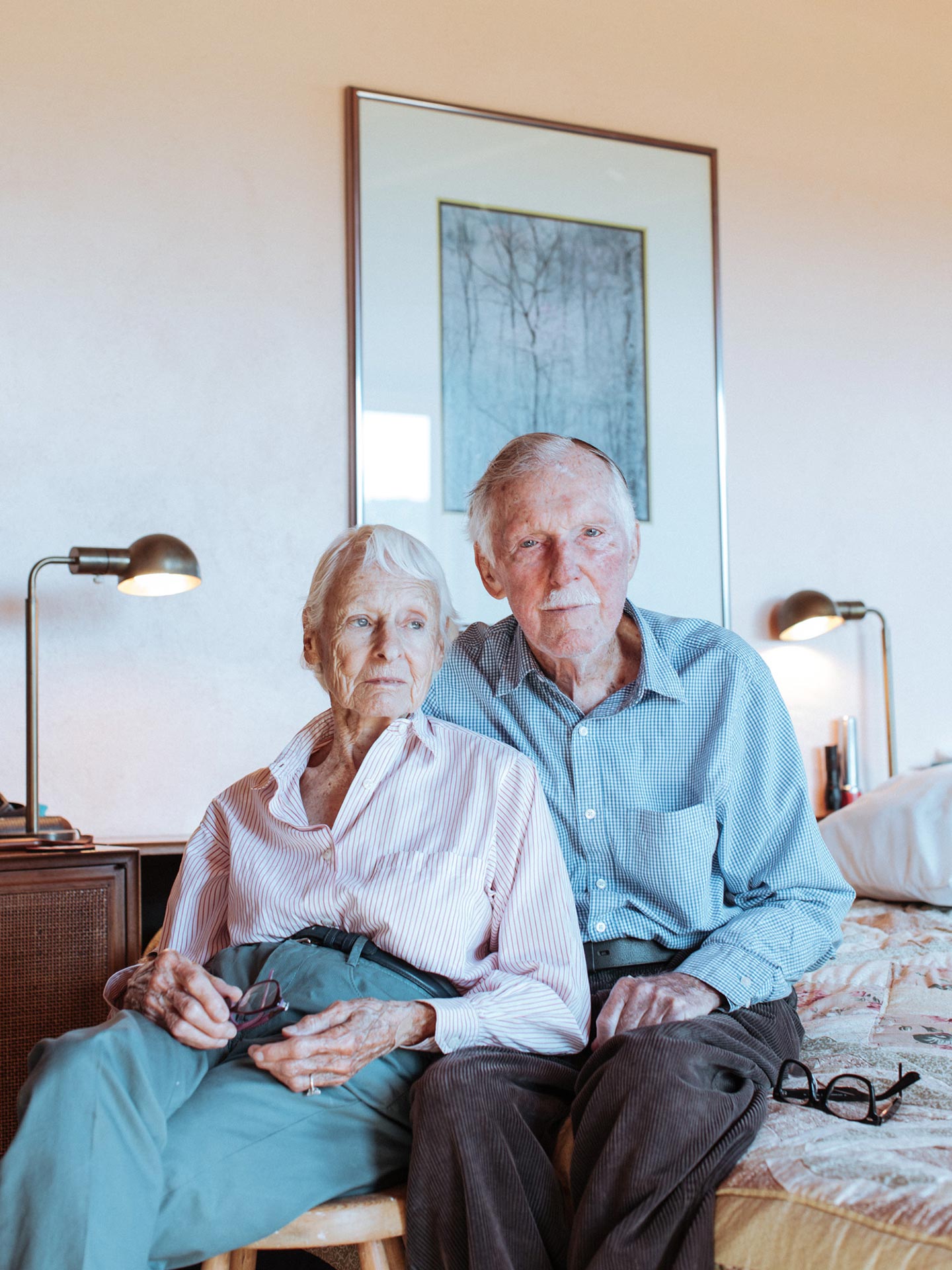
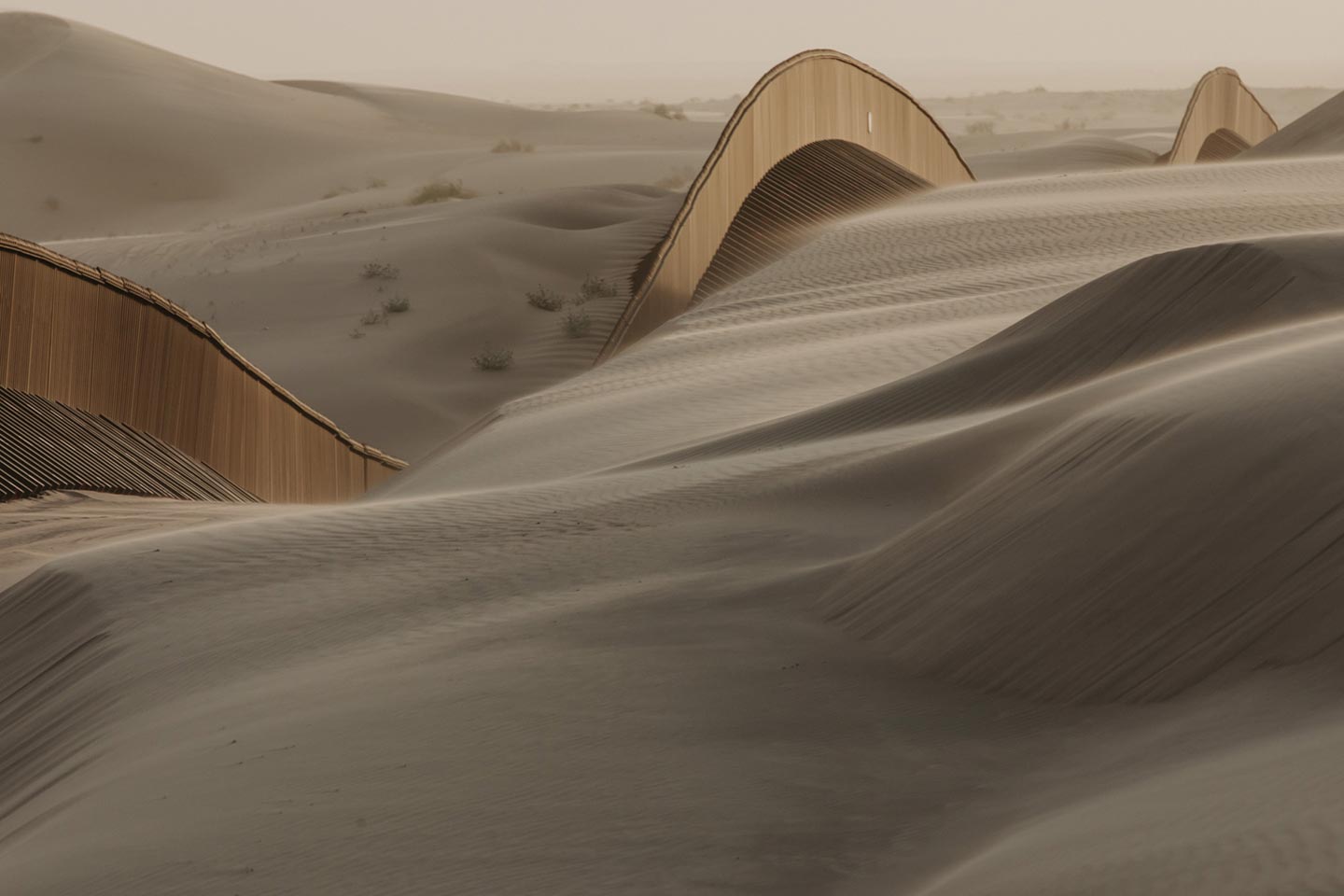
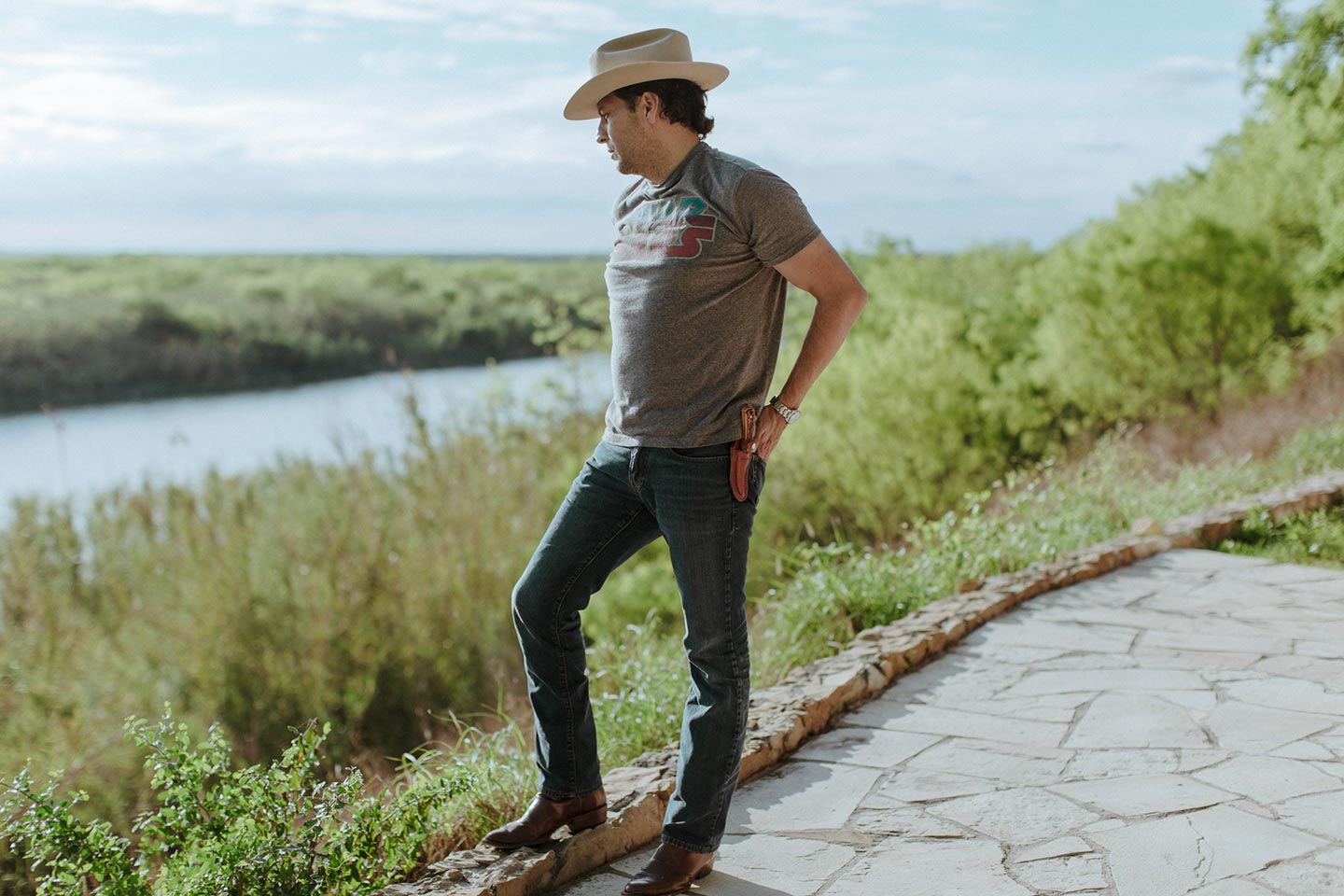
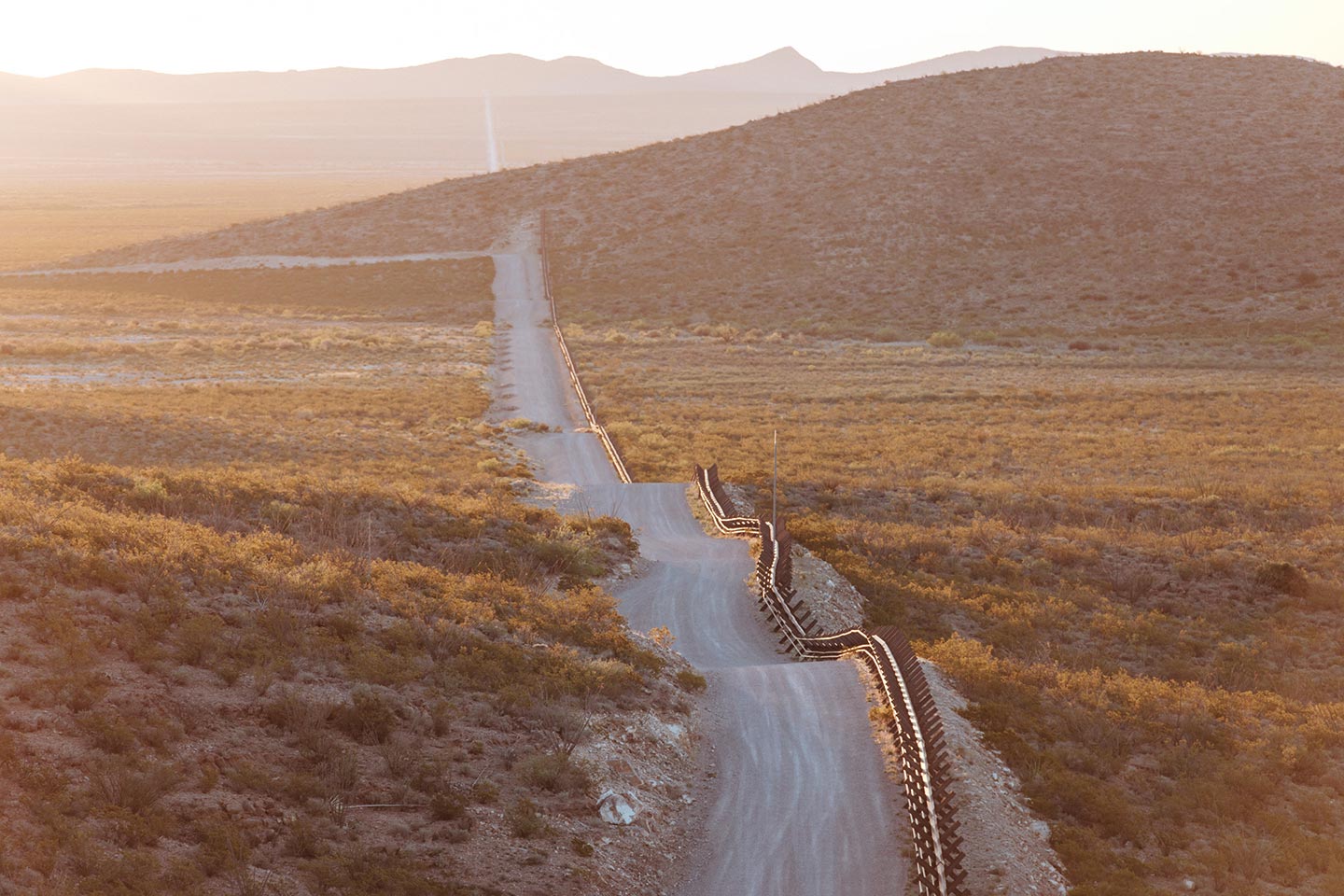
Photobook publisher Gnomic Book have selected American Backyard, a project by 28 year-old Taiwanese-born American photographer Elliot Ross, as the Best Series submitted to the most recently closed #FotoRoomOPEN edition. Congratulations Elliot! As the winner, Elliot will soon start working with Gnomic Book towards making the American Backyard in book form. (Did you know? We’re now accepting submissions for a new #FotoRoomOPEN edition: the winner will have a solo exhibition at Fotogalleri Vasli Souza).
“American Backyard catalogs the landscape from East to West along the U.S. / Mexico border and the people we met along the way,” Elliot says about the project, which he created in collaboration with writer Genevieve Allison. “This is a visual survey of a transitional space where there are broad spectrums of cultural identity, values, traditions, language and, of course, political beliefs. As the work marches along the two thousand miles—from the humid tangle of the Rio Grande Valley to the expansive, cracked earth of the Chihuahuan Desert and finally the large border metropolises near the Pacific Ocean—we see numerous braided perspectives on this fraught debate. Through our collected vignettes, Genevieve and I intended to look at border issues as they play out in daily lives. Beyond talk of The Wall, there is a larger, less transparent story to be told about our borderlands to do with creolization, acculturation, habitat loss, surveillance, and diversity.”
The 2016 presidential election in the U.S. was Elliot’s original inspiration for American Backyard: “As Donald Trump’s campaign gained momentum, in large part through harnessing intense emotions based around immigration and border security, I began to question the validity of his arguments. After Trump’s famous ’Build That Wall’ chant at a 2016 rally in Anaheim, I became increasingly curious about the reality of living on the border and how Trump’s message might be distorting the American public’s perspective on border issues. In January of last year, Genevieve and I attended the inauguration of President Trump and ended up spending our day talking to his supporters about why they thought a border wall was a viable solution. Over and over, we heard the same couple of lines about protecting American jobs and the need to shield ourselves from violent criminals. At the time, illegal immigration and unemployment were at an all-time low. We decided then that we needed to explore these discrepancies for ourselves to better understand the gap between objective reality and political rhetoric.”
About his approach to creating American Backyard, Elliot says that “from the outset, my hope was to illustrate through portraiture and landscape photography the different ways border infrastructure intersects and by default, directs daily life for the individuals who inhabit these spaces. I think it’s important for us to realize how quickly entire communities can adjust to new norms—after all, we’re a highly adaptive species. In the case of The Wall, perhaps all it takes is one generation to grow up with it for it to become a benign issue. Take Jaymin, the girl in a pink quinceañera dress in one of my pictures, for example: born a week before 9/11, she doesn’t know the United States before the threat of terrorism was successfully used to justify wars and spy on its citizens via the Patriot Act, among many other things. Having seen the border fence in her neighborhood for as long as she can remember, Jaymin told me she doesn’t think about it nor even notice it. In the image with the kids at recess playing in a field bounded on one side by the border fence, I suspect this normalization is taking place here too. My hope is to communicate how things that on the outset appear extreme, irrational and irresponsible can very quickly achieve normality. Furthermore, in the depictions of borderland landscapes, I want to show in part how absurd a lot of it is. How the current fence stops at a saguaro cactus or a large boulder, or how ridiculous a thirty-foot fall in the center of Mariscal Canyon would be seeing as the natural walls of rock rise well over a thousand feet on both sides of the border. In the end, after digesting the visuals, I want others to consider how America is using its resources and to vote in accordance to how they want our government to serve its citizens based on fact.”
Elliot hopes his images can get viewers to consider the condition of being a borderland resident and “understand the facts before making decisions based on emotions and rhetoric. I think it’s important to realize that the vast majority of borderland residents resent the idea of more wall. Before setting off, I posted Craigslist ads all along the border calling for interviews from “regular Americans living along the border.” I was surprised by how many people wanted to share their story and opinions with us. We reached out to schools, community centers, churches, various non-profit organizations, and the Border Patrol among others in an effort to cover the gamut of beliefs and backgrounds. Through the hundreds of interviews and portraits Genevieve and I amassed, from the staunchest Far Right Republican to the urban, straight-ticket Democrat, we came across exactly two people who lived on or near the border that supported the idea of building a wall. Of course, people had different reasons. Many Republicans, especially in rural areas, are sensitive to federal overreach—which, to them, the wall embodies. In order to build the wall, the government often uses eminent domain to seize a sizeable swath of their land for a security buffer, a road and then the fence itself. Many Democrats, especially low-income Latinos, look at the massive price tag and say no way. Border communities are among the poorest in the United States, and at $24,500,000 a mile to build the wall, many legal residents are pointing to their marginalized existence—grossly underfunded schools, lack of access to basic healthcare and aging civic infrastructure—and asking “What about that?” Long story short, the vast majority of borderland residents we talked to see The Wall as a political stunt and a colossal waste of resources: I think all Americans ought to know that.”
As a photographer, Elliot is interested in “depicting the divisive nature and social repercussions of geopolitical borders, and the people marginalized within border communities. These settings often overlap with another deep interest of mine: the social effects of geographic isolation on communities and how these forces shape people’s values, lifestyles, and outlooks. I myself spent much of my time growing up in a very rural, insular community—one that I never fully understood. Perhaps I’m still trying to find answers through these other small American towns.” Some of his favorite contemporary photographers are portrait photographers Annie Leibovitz and Mark Seliger, “whom I worked under for a number of years in New York City and learned how to relate with just about anyone from. Also documentary and National Geographic photographer Robert Clark, who has been a close friend and mentor, impressing on me to always keep my eyes open. Photographers of the New Topographics movement have for a long time struck a chord in me, mainly Joel Sternfeld: I first came across his American Prospects in high school and was taken by the unexpected, ironic and even whimsical moments he was able to capture with formalist compositional sensibilities.” The last photobook he bought was Lost Coast by Curran Hatleberg.
Elliot’s #threewordsforphotography are:
Truth. Representation. Change.
Keep looking...
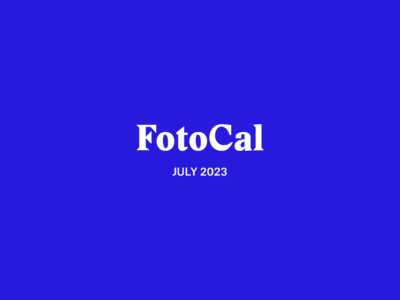
FotoCal — Photography Awards, Grants and Open Calls Closing in July 2023

FotoCal — Photography Awards, Grants and Open Calls Closing in June 2023

FotoCal — Photography Awards, Grants and Open Calls Closing in May 2023
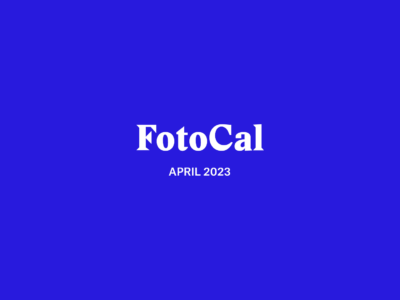
FotoCal — Photography Awards, Grants and Open Calls Closing in April 2023
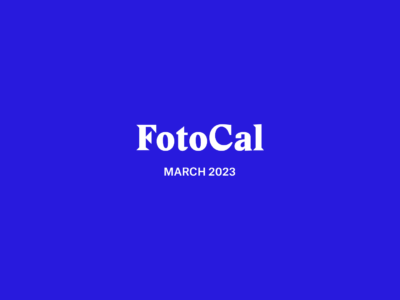
FotoCal — Photography Awards, Grants and Open Calls Closing in March 2023
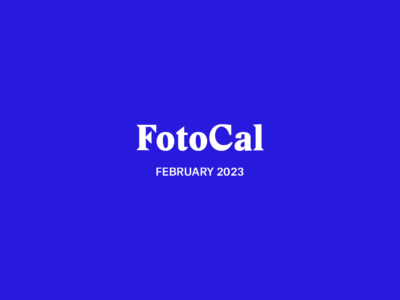
FotoCal — Photography Awards, Grants and Open Calls Closing in February 2023
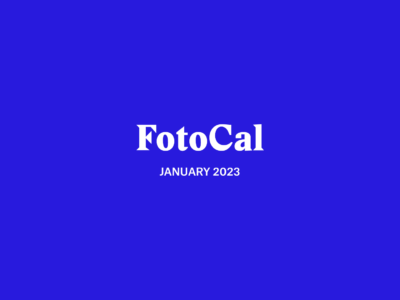
FotoCal — Photography Awards, Grants and Open Calls Closing in January 2023
